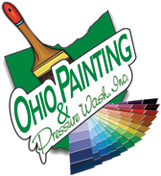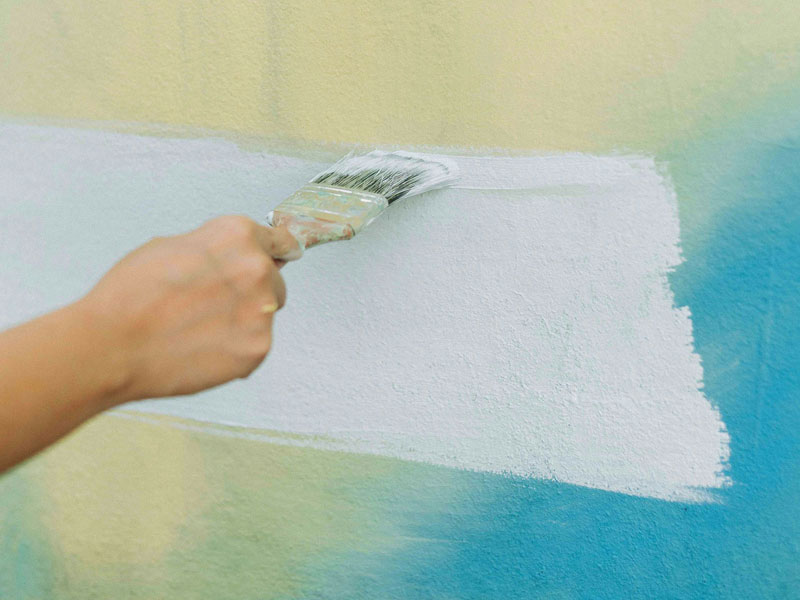For all homes generally, but particularly in new home construction, it’s critical to insure a house is properly insulated to maximize thermal retention in interior spaces in contrast to the exterior temperature. In other words, the desire is to retain heat in cold temperatures or maintain the cool in hot temperatures. The better and more efficient the insulation method, the less energy is used and/or wasted in maintaining the desired interior temperature at any given time. To that end, insulative paint (a relatively new product) has been developed to aid or increase the efficiency of insulation methods and materials.
How Does Insulative Paint Work?
Insulative paint contains ceramic and glass microspheres that have low thermal conductivity and high thermal insulation value. While primarily intended for interior wall application, it can also be used on exterior surfaces.
Is Insulative Paint Effective?
Yes. Various studies conducted over the past ten years indicate insulative paint is effective in creating thermal barriers and hence provides greater insulation value. A study conducted in 2014, for instance, found insulative thermal paint provided 12.4 times more insulation than regular paint. The study also determined there is 16% less heat loss with insulative paint compared to regular paint.
Does Insulative Paint Cost More?
Yes. Insulative paint adds anywhere from $15 to $20 more to the price of a gallon of paint.
Is the Higher Price of Insulative Paint Worth the Cost?
While insulative paint does provide greater insulation value, in terms of its price, the amount of insulation value added does not justify the added expenditure at least in terms of its application in whole-house scenarios. The extra cost may be justified in scenarios where its use in a single interior room that is frequently utilized (e.g., a bedroom) may increase the thermal efficiency and overall comfort level of the room.
Photo by Gilberto Peralta Bocio

